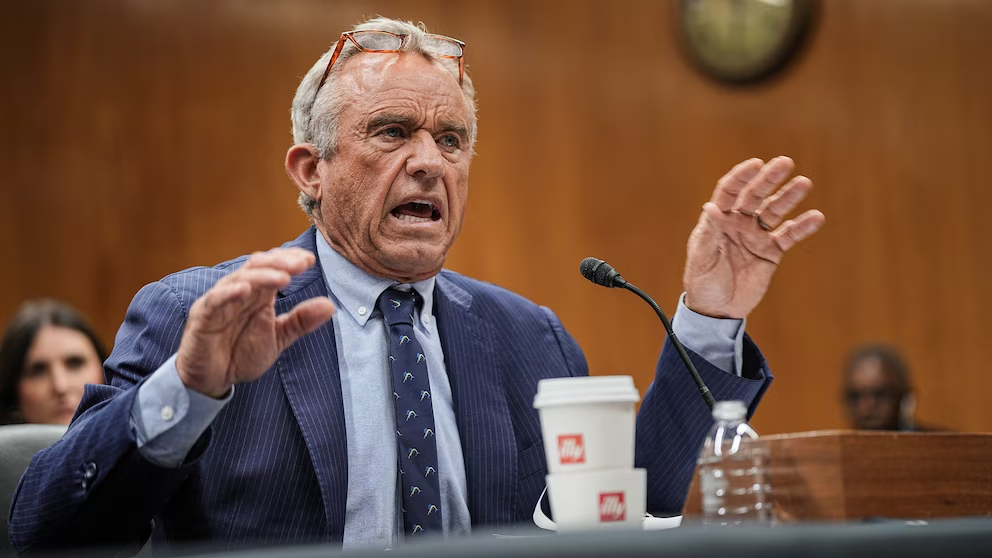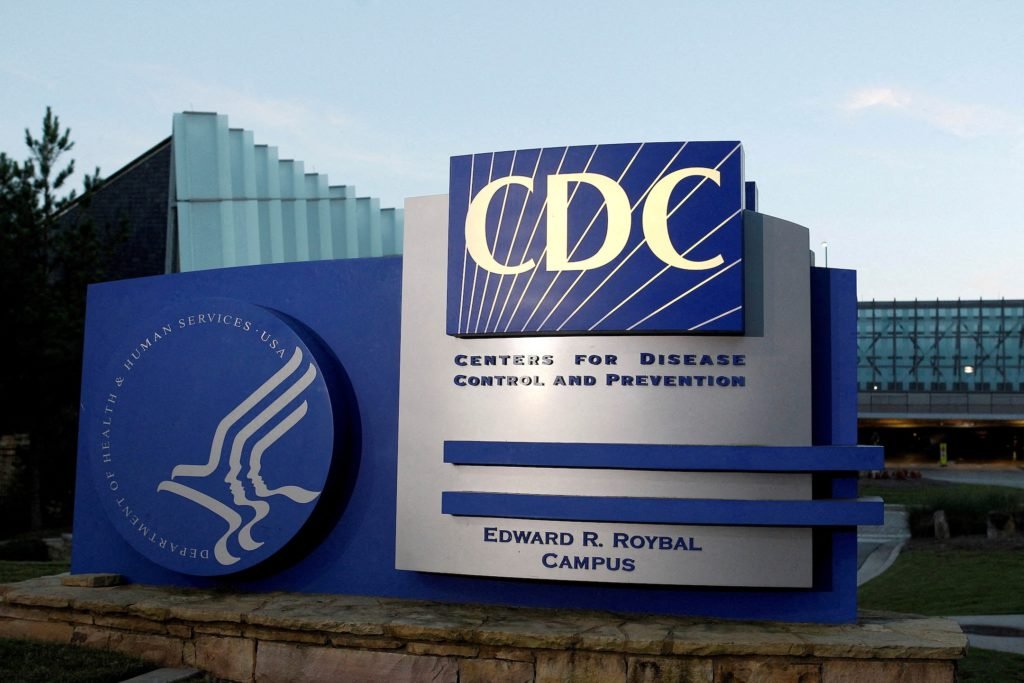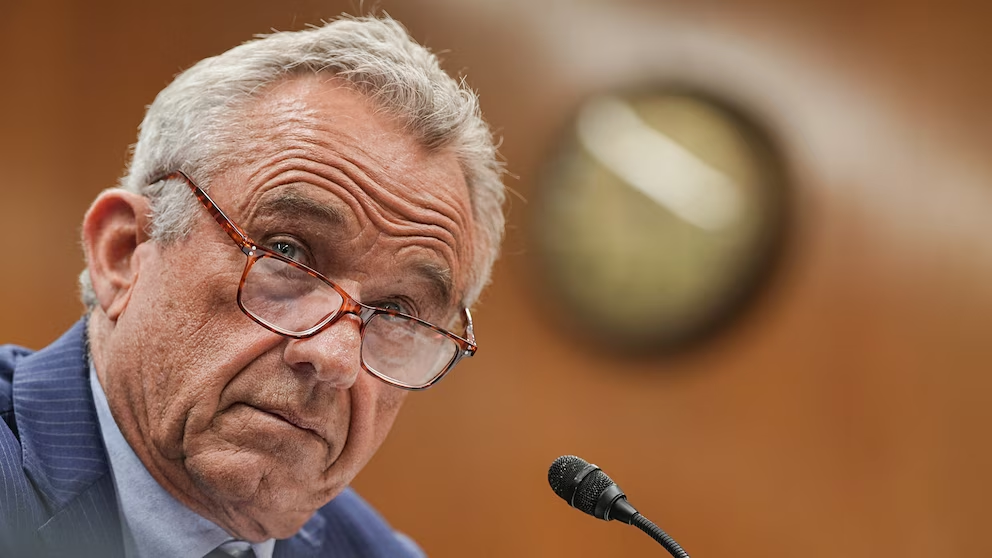
Brief History of the CDC
The Centers for Disease Control and Prevention (CDC) was established in 1946 to control malaria in the southern U.S. Since then, it has grown into the country’s leading public health agency, responsible for tracking diseases, developing policies, and promoting wellness. With its headquarters in Atlanta, Georgia, the CDC plays a critical role in protecting America’s health.
Role of the CDC in Public Health
The CDC monitors disease outbreaks, conducts research, and issues guidance to healthcare providers. Its role in vaccination is pivotal — ensuring vaccines are safe, effective, and accessible. It collaborates with state and local health departments, medical experts, and researchers to create national immunization strategies.
Introduction to the ACIP (Advisory Committee on Immunization Practices)
Purpose and Mission
The Advisory Committee on Immunization Practices (ACIP) is a panel of medical and public health experts that provides advice and guidance to the CDC on vaccine usage. Their main mission? To ensure that all recommended vaccines are scientifically sound and beneficial for public health.
Why the ACIP Matters
Ever wonder who decides the vaccines your kids receive? That’s the ACIP at work. Their recommendations shape the U.S. immunization schedule, directly affecting the shots you, your family, and your community receive. This committee plays a huge part in preventing the spread of infectious diseases.
Structure and Membership of the ACIP
Who Serves on the Committee?
The ACIP consists of 15 voting members, including immunologists, pediatricians, infectious disease specialists, and public health professionals. These members are selected based on expertise, experience, and ethical integrity.
Selection Process and Qualifications
Members are nominated by peers, evaluated for expertise and objectivity, and appointed by the Secretary of Health and Human Services. They must have zero conflicts of interest and are typically appointed for four-year terms.
Role of Voting and Non-Voting Members
In addition to the 15 voting members, there are ex officio (non-voting) representatives from agencies like the FDA and NIH. Liaison representatives from 30+ professional organizations (e.g., AMA, AAP) also attend, offering input without voting rights.

How the ACIP Works
Meeting Frequency and Transparency
The ACIP meets three times a year in open public sessions. These meetings are fully transparent — anyone can listen in or attend virtually. Agendas, documents, and presentations are posted online, reinforcing public trust.
Public Participation in the Process
Yes, the public has a voice. During meetings, time is reserved for public comment, where individuals and organizations can express support, raise concerns, or offer suggestions on vaccine policies.
Scientific Evidence and Decision-Making
The ACIP doesn’t guess — they rely on data. Every recommendation is backed by peer-reviewed research, safety studies, and epidemiological analysis. They consider vaccine effectiveness, risks, and public health impact before making any call.
The Vaccine Recommendation Process
Phases of Recommendation
Vaccine recommendations go through several steps: proposal, review, discussion, public comment, vote, and final approval by the CDC Director. It’s a thorough, deliberate process.
Data Evaluation and Safety Reviews
No vaccine gets approved lightly. Clinical trial data, post-market surveillance, and real-world efficacy stats are all reviewed. Safety is always front and center.
Economic and Public Health Considerations
Cost-effectiveness is also a factor. If a vaccine prevents illness and reduces healthcare costs, it’s more likely to gain approval. ACIP evaluates benefits not just for individuals but for communities and the nation.
Importance of ACIP Recommendations
Impact on Vaccination Schedules
The official U.S. immunization schedule, the one hanging in every pediatrician’s office, is shaped by the ACIP. Their guidance tells providers when, how often, and for whom each vaccine is appropriate.
Influence on Policy and Insurance Coverage
ACIP recommendations also affect federal programs like Vaccines for Children (VFC) and private insurance mandates. If ACIP says it’s recommended, insurance companies usually follow suit.
Global Significance
Other countries look to the ACIP’s methods as a model. The committee’s evidence-based approach influences global health agencies and helps standardize immunization practices around the world.
Notable Vaccines Reviewed by the ACIP
COVID-19 Vaccines
When COVID-19 struck, the ACIP acted swiftly. They reviewed emergency data, hosted urgent sessions, and prioritized vaccine distribution for healthcare workers, seniors, and vulnerable groups.
HPV Vaccine
The ACIP has been instrumental in expanding access to the HPV vaccine, reducing cervical cancer risks nationwide by recommending early adolescent vaccination for both boys and girls.
Childhood Immunization Programs
From measles to whooping cough, ACIP has guided childhood vaccine policy for decades. Their work has contributed to near-eradication of once-common deadly diseases in the U.S.
Controversies and Public Concerns
Addressing Vaccine Hesitancy
Not everyone jumps at the chance to get vaccinated. ACIP works to combat skepticism through clear communication, transparency, and public engagement, aiming to rebuild trust in science.
Misinformation and Social Media
One viral post can undermine years of progress. ACIP and the CDC actively counter misinformation with facts, FAQs, and community outreach, especially during vaccine rollouts.
Ethical Considerations
When recommending vaccines, especially during shortages, ACIP faces tough ethical choices: who gets priority? Which groups benefit most? They rely on fairness, science, and expert guidance.

How to Access ACIP Meetings and Documents
Where to Find Agendas and Minutes
All meeting details — past and upcoming — are available on the CDC’s official website. Documents include presentations, data reviews, and final recommendations.
How to Submit Public Comments
Anyone can submit feedback via email or through online portals before meetings. Your voice, your concerns, and your ideas can influence the nation’s vaccine policies.
Collaboration with Other Agencies
FDA (Food and Drug Administration)
While the FDA approves vaccines for safety and efficacy, the ACIP decides how they should be used. It’s a complementary partnership ensuring checks and balances.
NIH (National Institutes of Health)
NIH provides the research. ACIP uses it to shape policy. This synergy between science and application is what makes U.S. vaccine policy so robust.
WHO (World Health Organization)
Global collaboration is key. ACIP’s work often aligns with WHO recommendations, supporting unified global responses to health crises and pandemics.

How ACIP Adjusts to New Threats
Emerging Diseases
Zika, Ebola, COVID — the threats keep coming. ACIP stays agile, forming working groups and issuing interim guidelines as new pathogens emerge.
Pandemic Preparedness
ACIP has playbooks in place. They simulate scenarios, build response frameworks, and coordinate with federal agencies to ensure rapid vaccine deployment.
Rapid Response Mechanisms
When the clock is ticking, ACIP speeds up. Emergency sessions, fast-tracked reviews, and accelerated voting timelines help get vaccines out when they’re needed most.
Real-Life Impact of the CDC Vaccine Advisory Committee
Measles Outbreaks and Vaccination Drives
When measles outbreaks pop up, ACIP recommendations guide response efforts — from school vaccination requirements to community clinics and awareness campaigns.
Eradication of Polio
Thanks to strategic immunization led by ACIP policy, polio is nearly eradicated in the U.S., showcasing the committee’s long-term influence on public health.
Boosting Public Trust in Vaccines
Transparent data, open meetings, and a commitment to safety have helped the ACIP become a trusted voice — even when the world is uncertain.
Future of the CDC Vaccine Advisory Committee
Innovations in Vaccine Technology
With mRNA vaccines and intranasal immunizations on the rise, ACIP is at the forefront of evaluating new tech, making sure what’s new is also what’s best.
Digital Tools for Surveillance and Tracking
From apps to AI, ACIP embraces digital tools to track outbreaks, monitor side effects, and update recommendations in real time.
Enhancing Community Engagement
Going forward, ACIP plans to involve more community voices in decision-making — from minority health advocates to local clinicians — ensuring policy reflects real-world needs.
